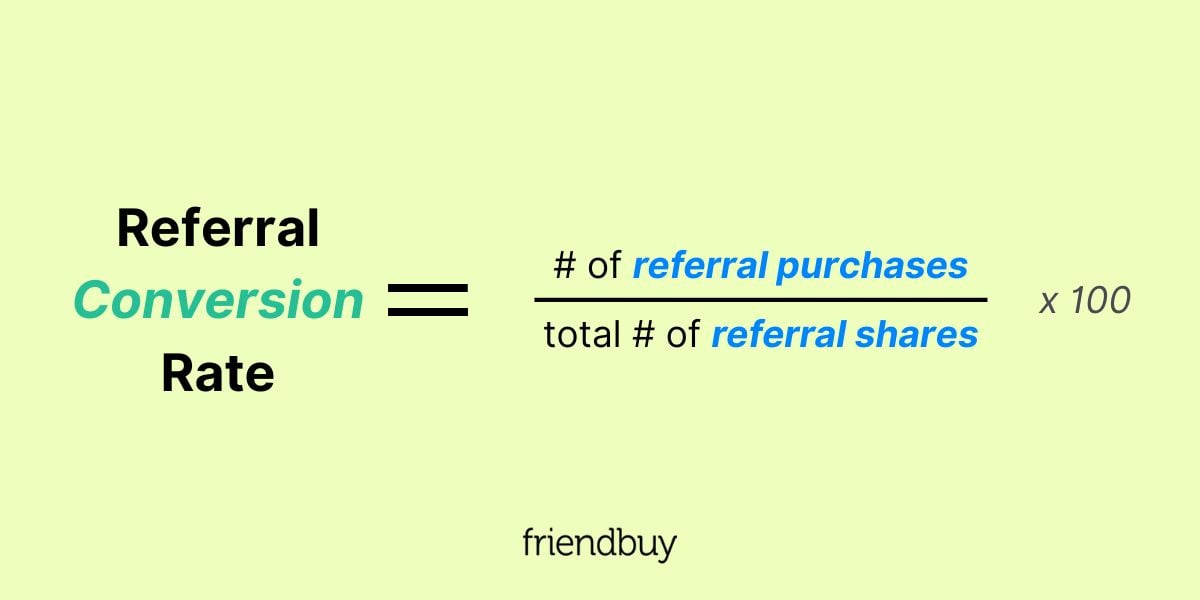If you’ve ever wondered how effective your customer referral program is or how to measure the impact of word-of-mouth marketing, you’re in the right place. Understanding how to calculate customer referrals is crucial for any business looking to grow through loyal customers spreading the word about their positive experiences.
Understanding the Core Concept
Customer referrals are recommendations made by satisfied customers to their friends, family, or colleagues about a product or service. These recommendations can greatly influence potential customers’ purchasing decisions and are a powerful form of marketing that can drive sales and loyalty.
Formula
Real-World Example
Let’s say you have a total of 500 customers, and out of those, 100 customers have referred your business to their friends. To calculate your customer referral rate, plug in the numbers into the formula:
Customer Referral Rate = (100 / 500) x 100 = 20%
“Customer referrals are the lifeblood of any business. They are a testament to the quality of your products or services and can drive significant growth if harnessed effectively.” – John Smith, Marketing Expert
Real-World Applications
Understanding your customer referral rate can help you gauge the effectiveness of your customer satisfaction levels and the success of your referral program. By tracking this metric, you can identify areas for improvement, incentivize customers to refer more, and ultimately increase your business’s bottom line.
Actionable Steps
- Encourage satisfied customers to refer their friends by offering incentives such as discounts or exclusive offers.
- Track referrals using a CRM system or a simple spreadsheet to monitor the impact of your referral program.
- Regularly analyze your customer referral rate and adjust your strategies based on the results to optimize your program’s performance.
Key Takeaways
- Customer referrals are a powerful form of marketing that can drive sales and loyalty.
- Calculating your customer referral rate can help you measure the effectiveness of your referral program.
- Tracking and optimizing your referral rate can lead to increased customer acquisition and revenue.
Related Terms
- Word-of-mouth marketing
- Customer loyalty
- Referral program
Common Mistakes to Avoid
- Ignoring the importance of customer referrals in driving business growth.
- Not incentivizing customers to refer their friends through rewards or discounts.
- Failing to track and measure the impact of your referral program on customer acquisition.
Common Myths Debunked
- Myth 1: Customer referrals are not reliable sources of new customers.
- Myth 2: Referral programs are expensive and not worth the investment.
- Myth 3: Only satisfied customers will refer their friends, ignoring the potential of incentivized referrals.
5+ FAQs
How do I calculate my customer referral rate?
To calculate your customer referral rate, use the formula: (Number of Referrals / Total Customers) x 100.
Why is tracking customer referrals important?
Tracking customer referrals can help you gauge the effectiveness of your referral program and identify areas for improvement.
What are some common incentives for customer referrals?
Common incentives include discounts, exclusive offers, and referral bonuses for both the referrer and the new customer.
How often should I analyze my customer referral rate?
Regular analysis of your customer referral rate is recommended to ensure the ongoing success of your referral program.
Can customer referrals really drive business growth?
Absolutely! Customer referrals are a cost-effective way to acquire new customers and increase loyalty among existing ones.
Are you ready to harness the power of customer referrals to grow your business? Contact us today to learn how to calculate your customer referral rate and optimize your referral program for success.


Leave a Reply